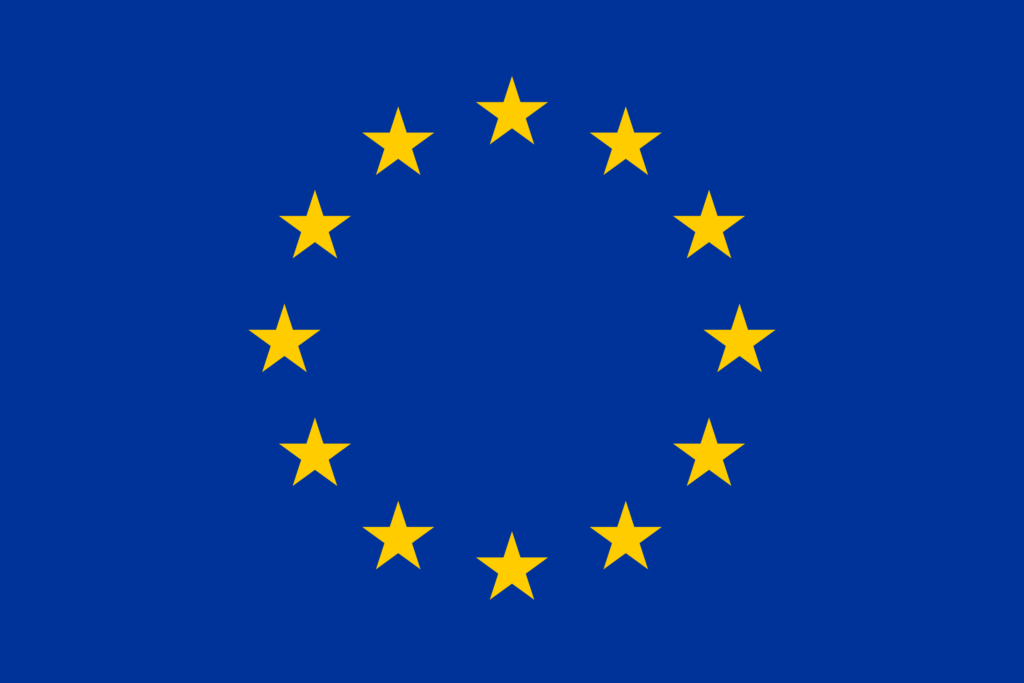
Menu
In Europe alone, 3.6 million tonnes of feather waste is generated by the poultry industry each year. Discover why it is so important to valorise this waste stream!
From an environmental threat to a valued molecule
Feathers landfilling is a threat for ecosystems, as they contain high amounts of microorganisms that disrupt soil cycles and consequently biodiversity.
But feathers contain nearly 90% keratin, a valuable protein that can be a source for biodegradable materials.
After valorisation, feather-based materials bring additional environmental benefits. The keratin contained in those innovative materials allow for controlled biodegradability, while also enriching soils with organic nitrogen. Indeed, biodegradability can be adjusted to the crops’ duration with a desired fertilising effect.
The need to replace fossil-based products in agriculture
7 million tonnes of plastic are used worldwide in agriculture production each year, mainly fossil-based.
The use of plastics in agriculture present significant advantages in terms of logistics and even water use efficiency. Mulch films for instance, representing 80% of plastics in agriculture, help limit weed growth and prevent moisture loss.
Unfortunately however, plastics used in agriculture are not sufficiently recycled due to contamination at use phase, and a significant part stays in the fields, generating microplastics!
In line with the EU Bioeconomy Strategy, UNLOCK proposes to release the environmental potential of this underestimated waste stream, by designing economically and environmentally sustainable innovative value chains. From storage to treatment efficiency, keratin-based products’ performances and market readiness, UNLOCK works on finding solutions to every hurdle along the value chain and create a feather-based bioeconomy.



This project has received funding from the Bio-based Industries Joint Undertaking under the European Union’s Horizon 2020 research and innovation programme under grant agreement Nº 101023306.
This site is licensed under Creative Commons
Attribution-NonCommercial-ShareAlike 4.0 International (CC BY-NC-SA 4.0).
Website designed and coded by Fastlane